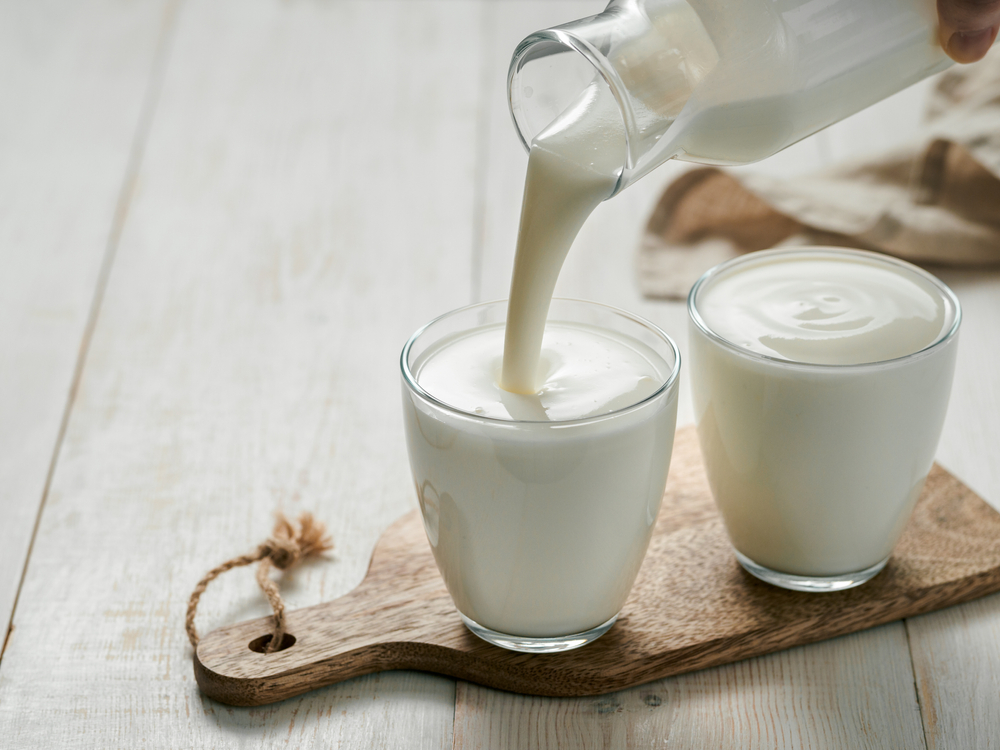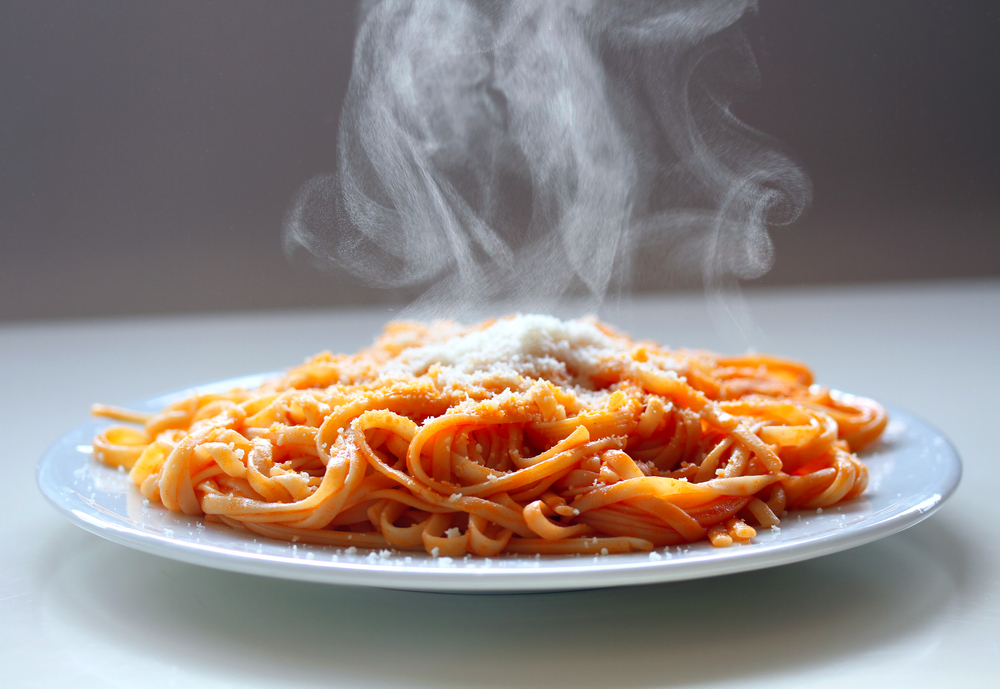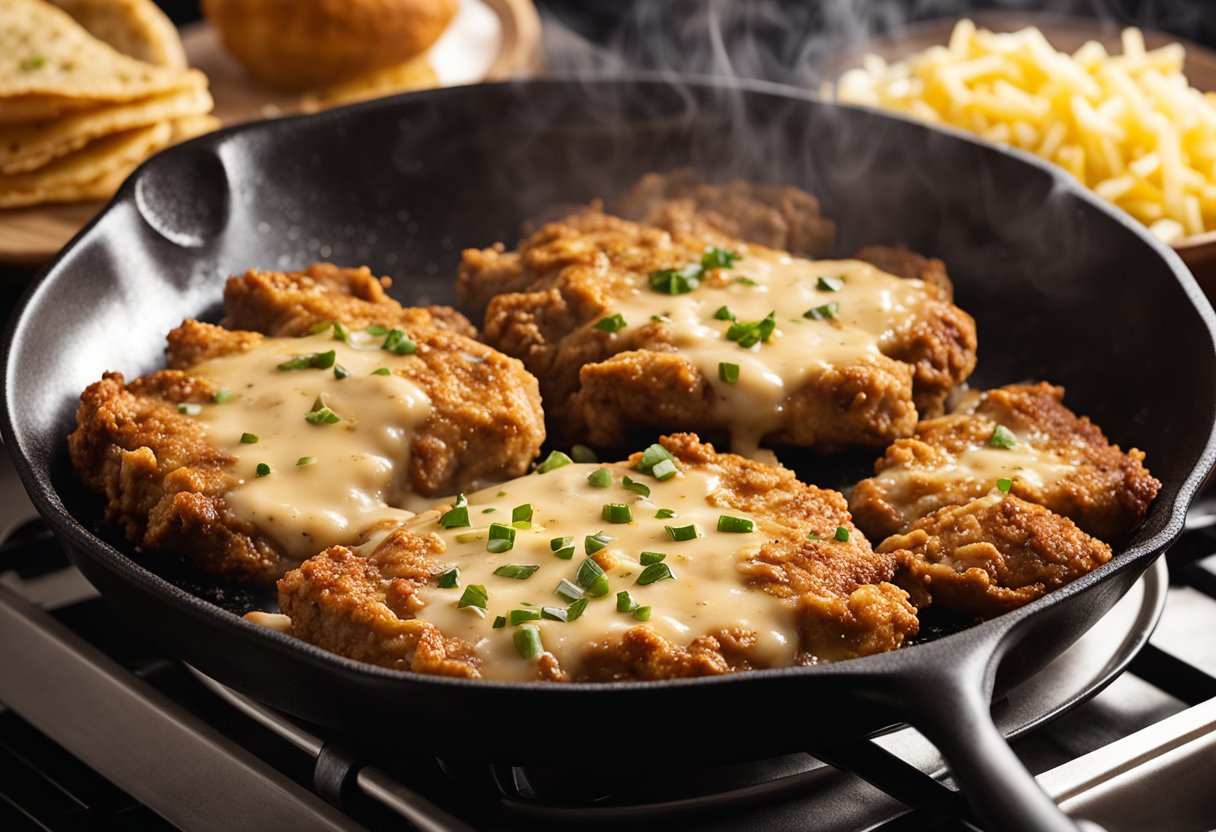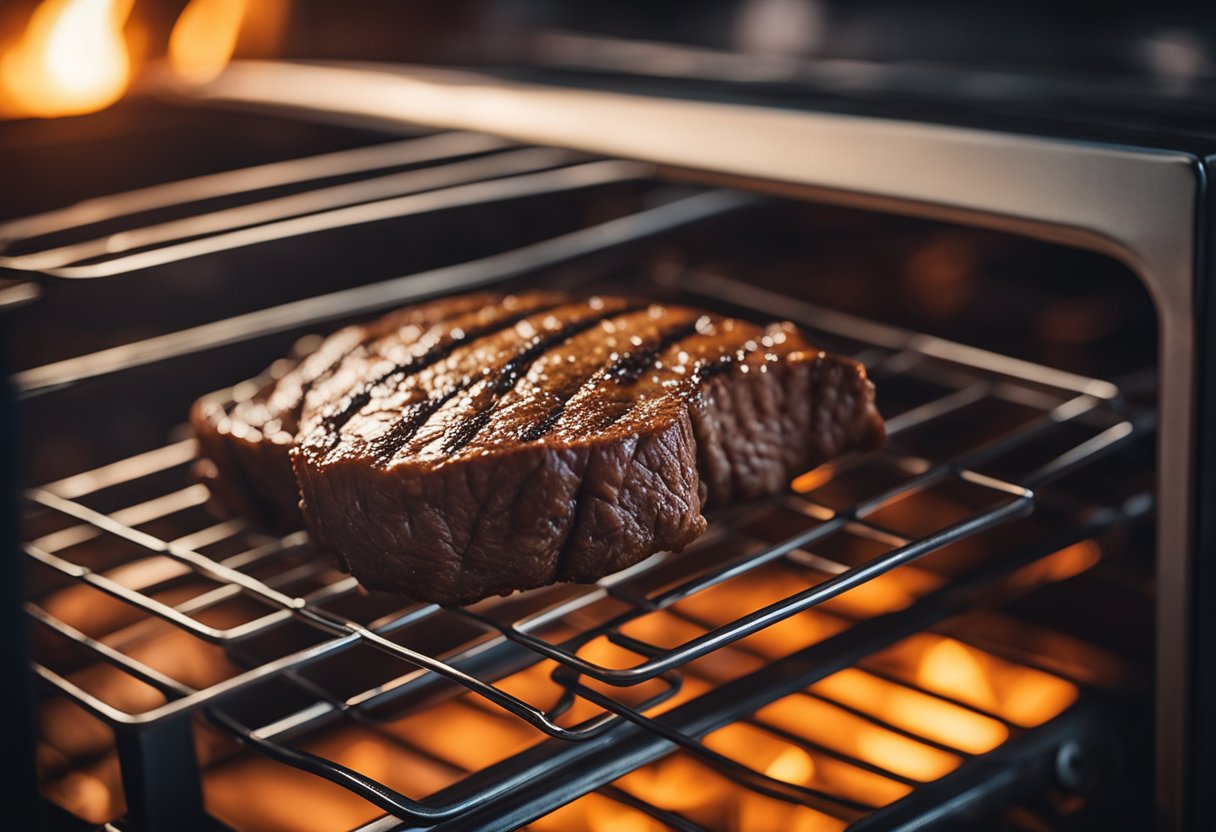The vegetable, asparagus, is a common side dish for heavy dinners like steak or pasta. Some people love it, and some people hate it. When prepared correctly, it can be the perfect crunchy, slightly salty appetizer that helps you fit important nutrients into your diet.
It’s known that asparagus is all around a healthy food to eat. But, some parts of asparagus can cause digestive trouble, and some don’t do this. Knowing this fact can make preparing and consuming asparagus confusing.
If you are unsure on what parts of the asparagus are edible, chances are you’ve either been throwing away too much of the asparagus or eating parts that may cause digestive issues. The edible part of asparagus is the stalk, which is around six inches long.
Just because you should only eat certain parts of asparagus doesn’t mean you need to throw the rest of it away, though. The rest of your asparagus can also be put to alternative uses, like composting or juicing it.
How Do You Define the Parts of an Asparagus?
Asparagus is composed of three parts: the tips, spears, and stems. The tips are at the very top of asparagus, and are about half an inch in length. The tip of asparagus is indeed edible, and can be either cooked or eaten raw. When peeled, the tips can also be used for garnishing.
The spears of asparagus are its most defining trait, and the longest part. These are fully edible, but can get tough and chewy. Some people like to peel them apart before cooking to avoid the fibers that cover them.
The stems of asparagus are, as the name suggests, towards the bottom of the vegetable. They are about two inches long, and are where the vegetable starts to get really tough in texture. To keep asparagus staying fresh for longer, the stems should be cut off clean with a sharp knife.
When cutting the stems off of asparagus, it is recommended that you leave out the light green-white colored tissue. This tissue is what can give asparagus a bitter taste.

Which Part of Asparagus Do We Eat
A little over two-thirds of an asparagus stalk is completely edible. You are not supposed to consume the ends of asparagus. First let’s talk about the parts of asparagus that are safely edible.
Tips
Tips are the immature shoots at the top of asparagus. They appear to have tiny buds at the top, that look leafy but are somewhat hard in texture. The tips of asparagus are known to be tasty and can be prepared in a variety of ways, if not left attached to the spears.
Spears
The spears of asparagus are probably what come to mind first when thinking of the vegetable. They make up the most of asparagus, and are also edible. Asparagus spears are usually a few inches long. They can be eaten as they are, but many people prefer to peel them beforehand to avoid having to chew monotonously on fibrous parts.
Stalk
The stalk of asparagus is what defines the entire edible part of the vegetable. It is around six inches long, and can include the tips. The only part of asparagus that is not the stalk is the very bottom, where it becomes woody. This shouldn’t be eaten, but can be used in other ways.

The Inedible Parts of Asparagus
The parts of asparagus that you shouldn’t be consuming are the bottom ends and the roots. The bottom ends have an unpleasant, bitter taste, even when cooked. These are the woody, tough, parts of the vegetable that many have associated with the entire vegetable tasting rancid.
The roots of asparagus are inedible as well. This is because they become even tougher when cooked, and do not taste very good either. By leaving out the unpleasant parts of asparagus, you can love the vegetable in a whole new way.
Why Shouldn’t You Eat the End of Asparagus?
Starting at the bottom of asparagus, you should cut about three inches off. This will leave enough fleshy and delectable stalk for you to enjoy without having to worry about the unpleasant textures and tastes that come from the bottom end of asparagus.
The bitterness at the end of asparagus typically comes from chemicals added to the plant to help it grow. All of these chemicals gather at the bottom part of the plant, resulting in a taste that can’t even be fixed with cooking and seasoning.
The bottom part of asparagus protects the rest of the vegetable, so that you can have a tender and pungent asparagus when it comes time to cook it. You may not even experience any adverse effects from consuming the bottom of asparagus, it just does not taste good at all, which is more than enough reason to avoid eating the bottom ends.
What Can You Do With the Bottom End of an Asparagus?

If you’ve eaten asparagus that was cooked whole before, chances are you did not enjoy it because of the bitter, tough ends. Or, maybe you cut them off yourself after someone else cooked it or bit all the way down until they started to taste bad, like you would with watermelon husk.
Sure, this is an acceptable thing to do. But, now that you know the bottom ends of asparagus are simply objectively bad, you know you’re not just being picky when you avoid them. They can still be put to use and recycled instead of throwing them out, though.
The bottom ends of asparagus can be used for compost, or if you have a juicer, they can be juiced. Juicing the woody parts of asparagus can extract whatever flavor was left over, and can be added to salad dressings or green smoothies.
What Is The Best Way To Eat Asparagus?
Asparagus can be cooked in a variety of ways. It can be boiled, baked, grilled, or steamed. The optimal way to eat your asparagus depends on what foods you are planning on consuming it with.
For example, boiling asparagus is the best choice when you’re eating asparagus in a pasta dish. The greens will mix nicely with the sauce, but you’ll want to make sure you don’t boil it for too long. Boiling asparagus for too long can cause it to become dry and lose nutrients that are sensitive to heat, such as vitamin C.
If your asparagus has been sliced thinly, baking it is the best way to cook it. Baking is often used for delicate foods, as it doesn’t change much of the food other than its temperature. Grilling asparagus is ideal for when the stalk is meaty and somewhat bendy.
It is also important when grilling to not overcook the asparagus, and can be challenging to evenly cook both sides. Steaming asparagus is optimal when you want to preserve the crunchiness of the vegetable.
Frequently Asked Questions
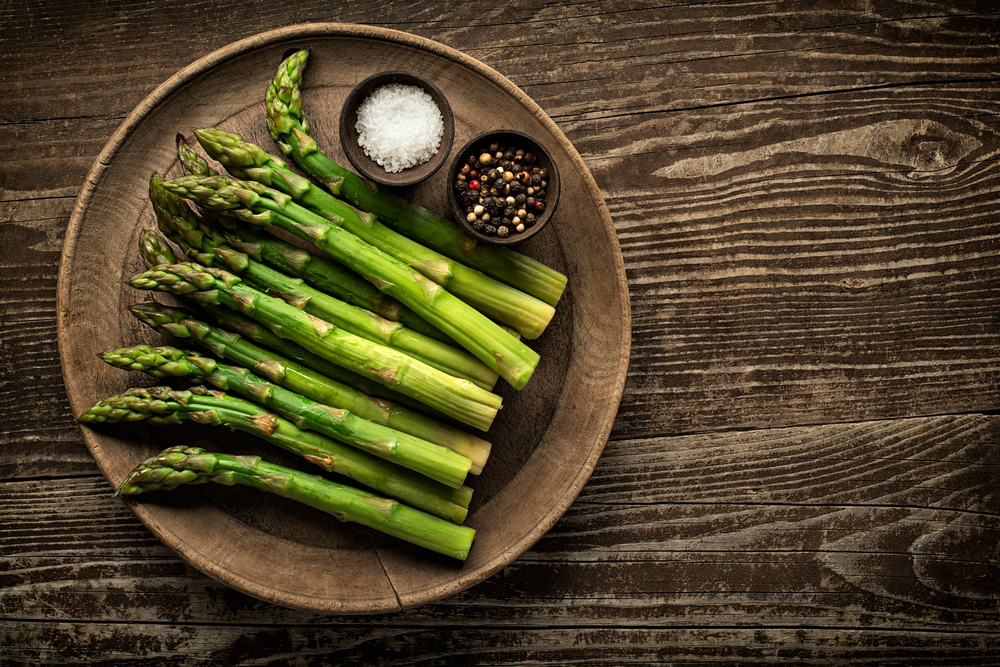
How Much of the Asparagus Do You Cut Off?
The part of asparagus that should be cut off is usually visible. It’s the very light, almost green ends that are much harder in texture than the rest of the vegetable. Typically it is between one and two inches that should be cut off.
How Do You Remove the Ends of Asparagus?
Because the ends of asparagus are tough, it’s recommended to cut them. Many people have learned to bend asparagus and leave the end part that breaks off, but doing this often will have you discarding perfectly good parts of asparagus.
You can still snap the asparagus, but there is a bit more thought to put into it to do so correctly. Hold the woody ends with a thumb and index finger, then bend it. This should only cut off the bitter ends, and you can cleanly slice off the stringy parts afterwards.
Should you peel asparagus?
Peeling asparagus isn’t mandatory, but many people like to do so. This is because the outer layer of asparagus is fibrous, a texture that can quickly become annoying. If you’ve felt that eating asparagus is like eating cooked celery, you could benefit from peeling it first.
Peeling asparagus can be done so with a peeler or just with your hands. Using a peeler makes the process much easier, but either way, you’ll know just how much asparagus to peel as the strings fade away and the texture becomes more consistent.
Conclusion
Asparagus is a popular vegetable, but some parts of it are not as tasty as others. The stalk, which is the largest part of asparagus, is edible and delectable. It is about six inches in length. The very bottom inch of the asparagus, which is almost white in color, should not be eaten.



